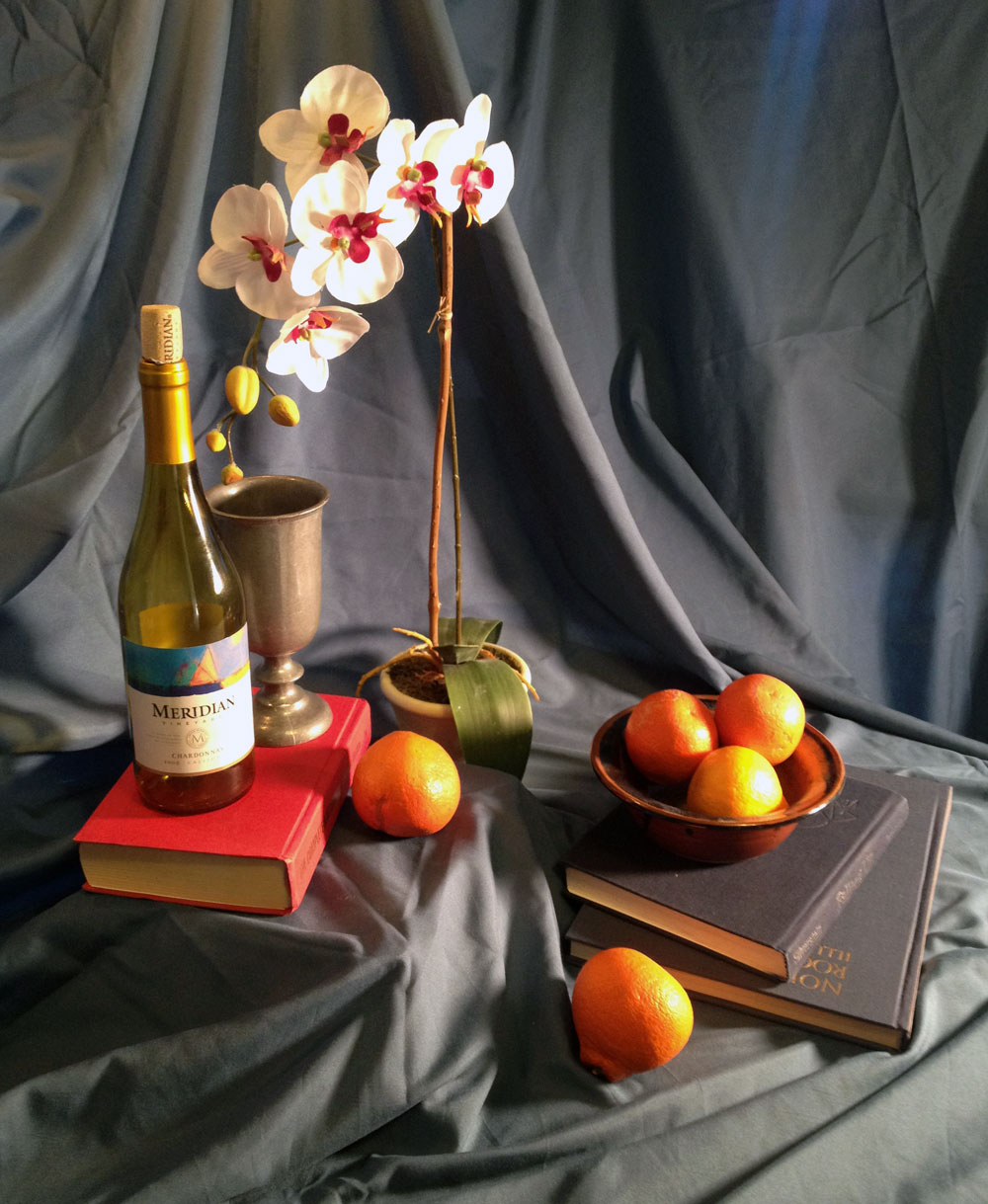Still Life Drawing Oil Pastel
How to Draw a Still Life with Oil Pastels
What is a Still Life?
Still life is an art term for a scene of objects (inanimate) that are either drawn or painted. This scene is set up by the artist to be used as reference for the finished artwork. Throughout history, still life is considered a classical subject for creating drawings and paintings. Still life arrangements can be made of related objects or objects that are unrelated. Many times, objects that are used in a still life are chosen based on their aesthetic properties.
In contrast to landscape drawing and painting, still life arrangements give the artist more freedom to compose the scene and make compositional decisions before any drawing or painting takes place. Traditional objects chosen for still life include flowers, foods, and containers such as vases, glasses and bottles. Some modern painters have broken from traditional objects.
Traditionally, still life drawings and paintings strive to represent the objects as they are seen (Representational). However, many artists in recent years have approached still life with an "abstract eye", producing drawings and paintings that are interpretations of the objects with the still life.
Oil Pastels
Oil Pastels are a drawing medium that consist of pigment that is held together with an oil binder. Some oil pastels also have a wax binder. Oil pastels can be spread over a variety of surfaces including drawing paper, rag paper, board and canvas. While clearly a drawing medium, finished oil pastel drawings are sometimes referred to as paintings. This is because the finished image often looks like a painting. When used in layers, oil pastels can be built up on the surface and behave in a similar fashion to thick oil paints. They can also be thinned and moved on the surface using a brush and paint thinners. Oil pastels can also be used in a "resist" when used with water-based paints and inks.
How to Use Oil Pastels
Most people find success with oil pastels when they consider the following tips...
1. Color heavy - Oils pastels are easier to control when they are applied with some force. By heavily applying the material to the surface, the artist can easily create an image that resembles a painting.
2. Layer colors - Oil pastel drawings benefit from layering colors on top of one another. The result is more complex and richer colors.
3. Mix colors - More natural looking colors are produced by mixing colors.
4. Be patient - It often takes several applications (layers) of oil pastel before the image takes on the appearance and characteristics of painting. New artists are often discouraged early in the drawing process when all that is needed for success is a bit of patience.
The following tutorial features excerpts from two 1 hour Live Lessons that were presented to members over the course of two sessions.

Get access to ALL of our courses today
...for just $1.
Here's the photo reference that was used for the drawing...

Here's a look at the drawing process in a video tutorial...
Here are some more art lessons that you may like...
Still Life Drawing Oil Pastel
Source: https://thevirtualinstructor.com/oil-pastel-still-life.html
Posted by: houckearon1950.blogspot.com

0 Response to "Still Life Drawing Oil Pastel"
Post a Comment